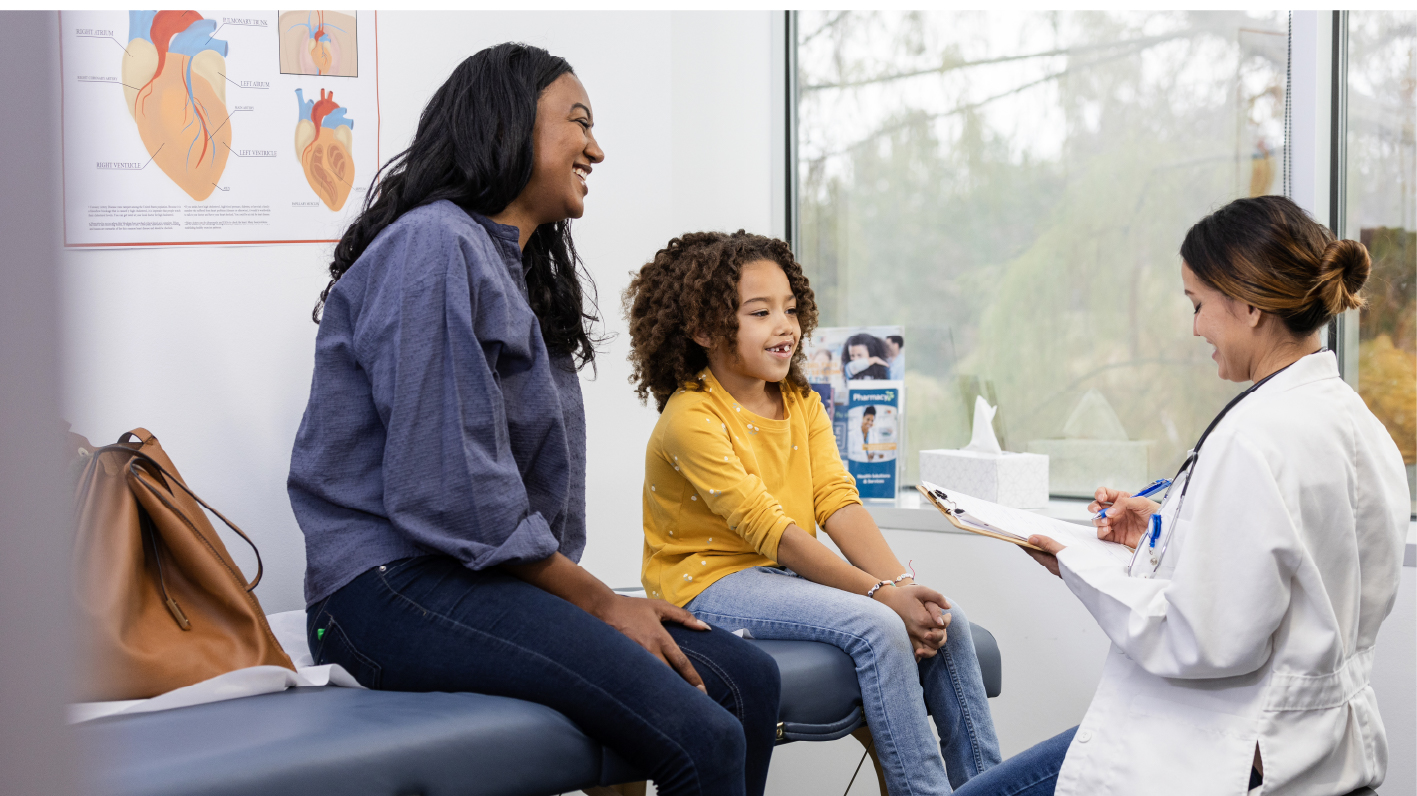Research In Action
Research In Action
Breadcrumb

Firearm injuries are the leading cause of death for children and youth in the United States. While this may seem a statistical anomaly, or a temporary outcome of the COVID-19 pandemic, in fact youth firearm fatalities have been steadily rising since well before the pandemic and firearms have been the number one killer of youth for three years running. In 2023, an average of 12 young people lost their lives to firearms every day.
As pediatricians caring for patients and families in CHOP’s Emergency Department and Primary Care practices, we bear witness to the long trajectory of trauma that families experience when a child is shot, from the immediate devastation outside the trauma bay to the decades of despair that can permeate and persist over generations. Like many health care providers, our experience drives us towards preventive solutions.
The data show us that in 2018, 3,342 youth were killed by firearms; by 2023 this number had risen to 4,470. Approximately two-thirds of youth firearm deaths are attributable to homicide and one-third to a combination of suicide and unintentional shootings. The racial and ethnic disparities are stark: Black children and youth are five times more likely to die from gunfire than their White peers, and death from firearm suicide is rising faster among Black youth than any other ethnic group.
The time is critical for local action and pediatric clinicians are on the frontline of an evidence-based, comprehensive approach. When we see ourselves as part of the broader public health infrastructure—promoting health for individual patients and contributing to solutions that more broadly impact families and communities—we can change the landscape right where we practice.
Start with Life-Changing Programs in Our Own Backyards
- Hospital-based violence intervention programs are specifically designed to address the impact of violence on patients and communities. Familiarity with referral processes and eligibility criteria allows patients we care for to be connected to comprehensive case management—including safety planning, mental health services, and support to return to school and work—which can change their life course.
- Medical-legal and medical-financial partnerships can meet the unique needs of patients and families who have been violently injured. When medical staff have awareness of, and access to, the full range of services available—especially as contact information and services may change—families navigating life-changing trauma can be connected to timely services that bring needed support.
- Safe storage of firearms dramatically reduces the risk of youth suicide and unintentional shootings, and prevents firearms from being lost and stolen. As health care providers, we can keep children safer by integrating safe storage initiatives into clinical workflows. To be most effective, these initiatives should include universal counseling coupled with distribution of free gun locking devices at the point of care. Firearm storage can be readily integrated into safety discussions that are already a routine aspect of pediatric care, and families are highly accepting of this guidance.
Partnerships with Community
In cities where violence is a chronic, endemic problem, a range of community organizations are often working to create change. One important action health systems can take is to identify and partner with organizations that are engaging in evidence-informed strategies, such as street outreach or violence interruption, to facilitate an integrated approach. Local public health departments can also serve as a valuable resource, connecting engaged partners through coalitions and stakeholder convenings.
A Data-Driven Approach
Changes in the numbers of violently injured patients, and those at risk for suicide, can occur suddenly, as many health systems experienced during the COVID-19 pandemic. Tracking internal numbers can inform resource provision, staffing, and available supports so that medical staff feel equipped to meet the needs of patients as they arise. In addition, it’s important to follow local trends that outline the ways firearm violence is impacting the specific communities we serve. Identifying local partners who can shed light on the scope and nature of violence unfolding in communities can prepare us for meaningful action.
Transforming Organizational Culture
Firearm violence does not impact all communities equally. Those most severely impacted are also locations of chronic disinvestment. Health systems must recognize the impact of structural violence, defined as “harm done to persons and groups through inequitable social, political, or economic structures”. Without this grounding framework, our interventions risk falling short of transformational change. We reflect our priorities by who we invite to participate in clinical conferences as experts, how much we integrate our violence intervention and prevention staff into standard operations, and how we support those doing this critical and challenging work.
A Comprehensive Approach
The time is now for pediatric health care providers to put all hands on deck. Our care and advocacy can turn back the tide. From the exam room, to the wider health system, to children’s homes, schools and communities—together our collective efforts can reverse this tragic trend and provide children the safe environments they need and deserve.

